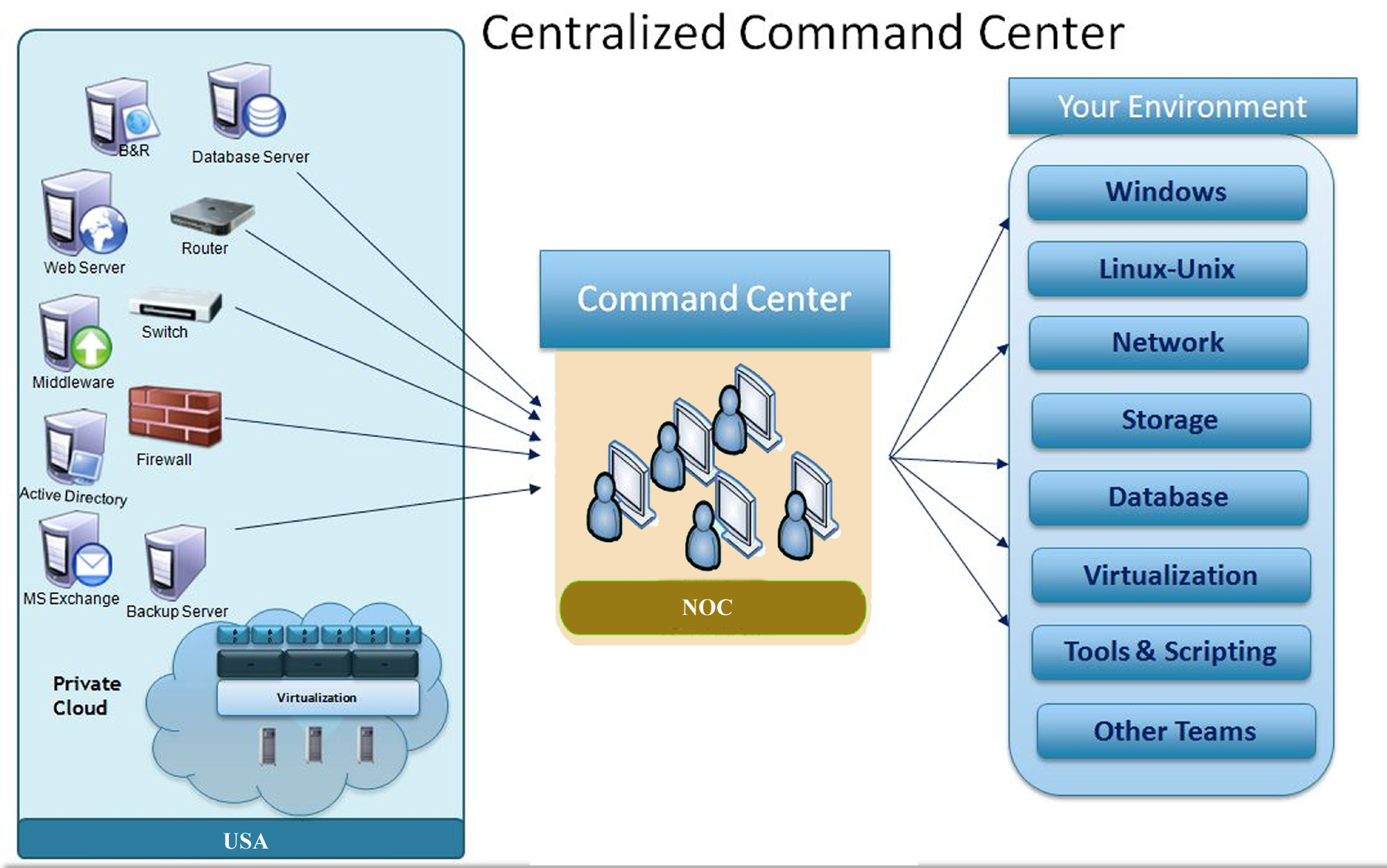
Email :enquiry@dptechnologysolutions.in
Technology Outsourcing
Outsourcing is the contracting out of an internal business process to a third party organization. The practice of contracting a business process—rather than staffing it internally—is a common feature in the modern economy. The term "outsourcing" became popular in the United States near the turn of the 21st century. Outsourcing can (but does not have to) involve transferring employees and assets involved in the business process from one firm to another
Information technology outsourcing or ITO is a company's outsourcing of computer or Internet related work, such as programming, to other companies. It is used in reference to business process outsourcing or BPO, which is the outsourcing of the work that does not require much of technical skills.
The reasons for IT outsourcing include lack of resources and cost reduction. IT Outsourcing is sometimes called IT Enabled Services (ITES) Outsourcing.

|
Reasons for outsourcing
Reasons for outsourcing companies outsource to avoid certain types of costs. Among the reasons companies elect to outsource include avoidance of burdensome regulations, high taxes, high energy costs, and unreasonable costs that may be associated with defined benefits in labor union contracts and taxes for government mandated benefits. Perceived or actual gross margin in the short run incentivizes a company to outsource. With reduced short run costs, executive management sees the opportunity for short run profits while the income growth of the consumers base is strained. This motivates companies to outsource for lower labor costs. However, the company may or may not incur unexpected costs to train these overseas workers. Lower regulatory costs are an addition to companies saving money when outsourcing.
Companies may seek internal savings to focus money and resources towards core business. A company may outsource its landscaping functions irrelevant to the core business. Companies and public entities may outsource certain specialized functions, such as payroll, to ADP or Ceridian. Companies may find the same level of consumer satisfaction.
Import marketers may make short run profits from cheaper overseas labor and currency mainly in wealth consuming sectors at the long run expense of an economy's wealth producing sectors straining the home county's tax base, income growth, and increasing the debt burden. When companies offshore products and services, those jobs may leave the home country for foreign countries at the expense of the wealth producing sectors. Outsourcing may increase the risk of leakage and reduce confidentiality, as well as introduce additional privacy and security concerns.
Remote Infrastructure Management (RIM) refers to remotely managing information technology (IT) infrastructure such as workstations (desktops, laptops, notebooks, etc.), servers, network devices, storage devices, IT security devices, etc. of a company.
Major sub-services included in RIM are:
- Service desk / Help desk
- Proactive monitoring of server and network devices
- Workstation Management
- Server Management
- Storage management
- Application support
- IT security Management
Remote Infrastructure Management or RIM mainly deals with IT infrastructure and applications. At present, you will find that several business solution companies offer RIM services which take important steps and actions for their customers. The following are a few features offered by service providers:
- Helpdesk services
- Server management
- Desktop services
- Storage management service
- Application service
Since technology out sourcing and RIM makes a good sense in most of the business models,we are planning to start a seperate devision for the same.